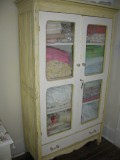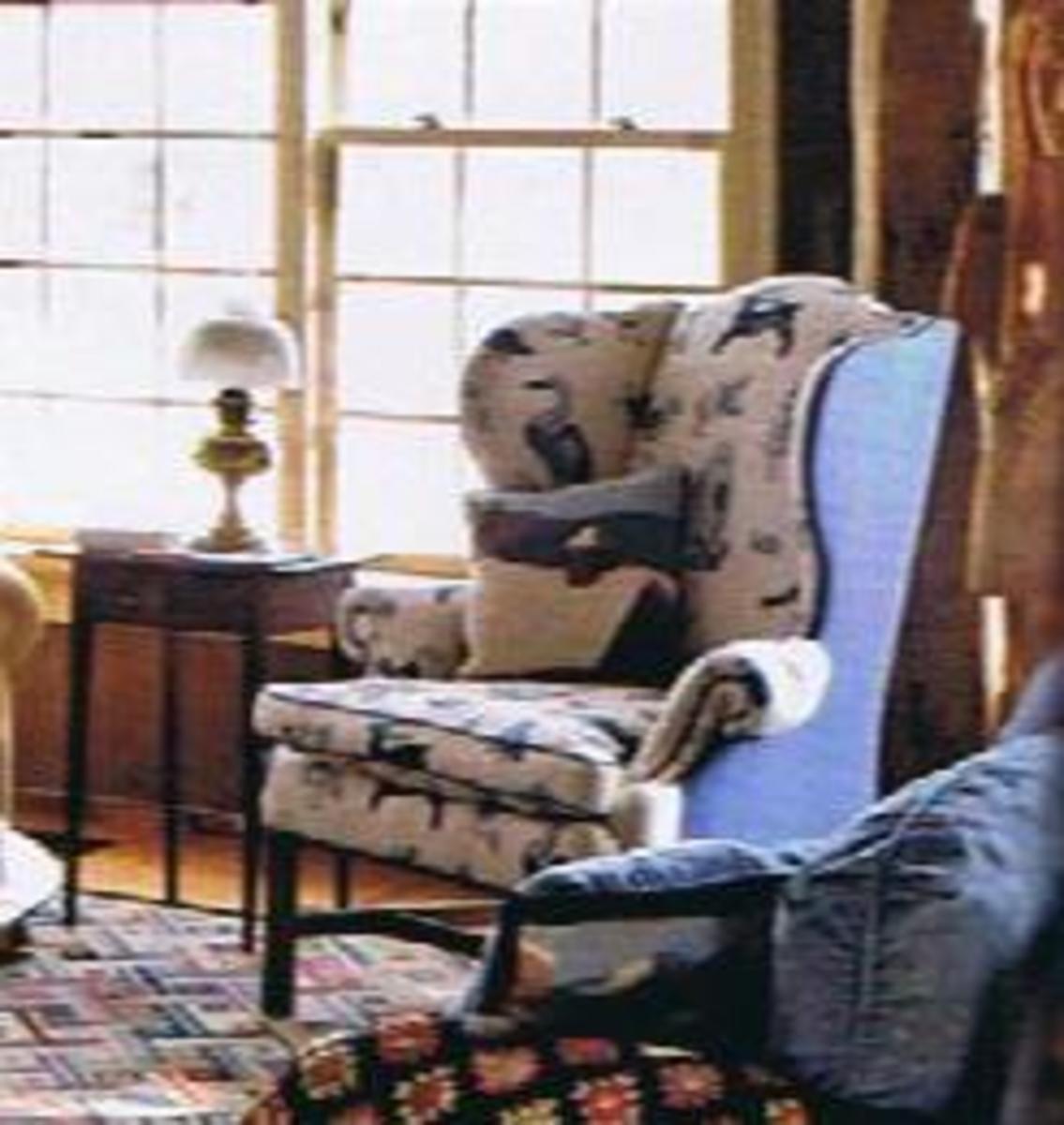What is "Bi-Cast" Leather?
It would be easier for me to explain to you what bicast leather is not: leather. Well, arguably.
The difference between the two came to my attention when I had to take on the project of designing an entire apartment, rather than just the bedrooms that I was renting before. I was interested in getting a leather piece or two and I noticed that there was a significant difference in cost between the leather items at Crate and Barrel, and the leather items at my local, no-name furniture outlet stores (Why are they perpetually “going out of business?”). Then I noticed a modifier that seem to show up in all the product descriptions of the less expensive leather items. That word was, “bicast,” or sometimes, “bycast.”
So, I took my questions to Google, as I often do, and found that bicast is about as close to leather as MDF pressboard is to real wood. Bicast begins, literally, with the parts of the leather hide that are unusable in traditional leather work. If I understand correctly, that unusable piece of hide is coated a few times with a colored polyurethane, and then embossed with a leather-like texture. The only portion of the material that was actual leather from the cow isn’t even visible when the process is complete.
Leather is a beautiful, timeless material for a couple reasons. First, every piece of leather is unique. If the cow was grazing with wild abandon, as cows will do, and scraped it’s side in to a barb wire fence at some point during it’s life, that mark would be on the hide forever, and come through in some way on your club chair. Defects like this ensure that no two hides are ever alike. Secondly, leather ages particularly well. It’s probably the only material used for furniture that actually looks better having been sat on for five years, than it does the day you buy it. Just like a leather jacket, it gains a patina over time.
Bicast, on the other hand, does not age well. In fact, it cracks and peels in to it’s individual layers after it has seen too much friction. And, since the texture is actually embossed by a large factory press on to the polyurethane surface, the appeal of a unique, one-of-kind piece is no longer a factor.
But bicast leather won’t always be called by that name. In some countries it is against the law to market bicast items as simply “leather” but, in the United States it is not. While the more honest among them will refer to it as bicast, or “leatherette,” In America, retailers seem to be totally allowed to refer to bicast items as, “leather,” and even, “genuine leather.”
If you want to know if you’re looking at a piece of furniture made with bicast leather or genuine, “full grain” leather, I’d advise you to take a look at the price tag and gauge it against how much leather would be required to make that piece, keeping in mind, a good leather jacket starts at about $500. If you find a leather, full-sized couch for $999 USD, it’s likely bicast. That’s far too inexpensive. If you find a leather club chair for $299, it too is too good to be true. But that doesn’t necessarily mean its not well made.
Of course, full grain leather is ideal for the more fortunate among us. But bicast leather isn’t all horrible. If you are particular adverse to say, killing two or three cows so they may be used to construct your over-sized ottoman, but still love the characteristics of leather, a well-constructed bicast leather alternative would be right up your alley. Or, hell, if you just want to try to save a couple bucks, even some bicast items that come from China can be virtually undetectable as non-genuine to the lay person (read: your friends). But there’s just as many pieces out there that use a laughable leather alternative. And I say laughable because, if you put them in your home, your mates will laugh at you.
I personally can rub my fingers on leather and tell if it is genuine or not. I always think of other genuine leather things that I’ve touched. For instance, I know what it feels like to touch a real Coach bag, and I know what it feels like to touch a Santee Alley knock-off of a Coach bag. Easy enough. Or, if the product has a disclaimer near the description describing that your item will likely be slightly different in color and texture than the photograph, or the showroom piece, due to the unique qualities of each hide, that is a good sign. That tells you that real hides are going to be used when they upholster your furniture.
If I can’t tell by simply touching it, and there is no further information available regarding the retailers leather process (which itself is a red flag), one can also put their nose real close to the material and inhale sharply; You simply can not fake that great, genuine leather smell. And bicast usually smells more like chemicals than anything. I have a two-year old leather bag from Banana Republic that still smells like real leather, and a brand new bicast piece in my office that really never did.





